Commercial Landscaping Tips Every Organization Should Know This Spring
Spring is prime time to make a statement.
If you own or manage a commercial property in Lancaster County or beyond, your landscape is often the first thing customers, tenants, and employees see. It sets the tone. Clean, green, and cared-for outdoor spaces tell people you run a sharp operation. Sloppy, overgrown, or damaged landscaping? Not so much.
At Creation Landscaping, we understand how a thriving landscape makes your property more attractive. A beautiful, well-maintained yard boosts curb appeal, contributes to a healthier environment, and enhances mental and emotional well-being.
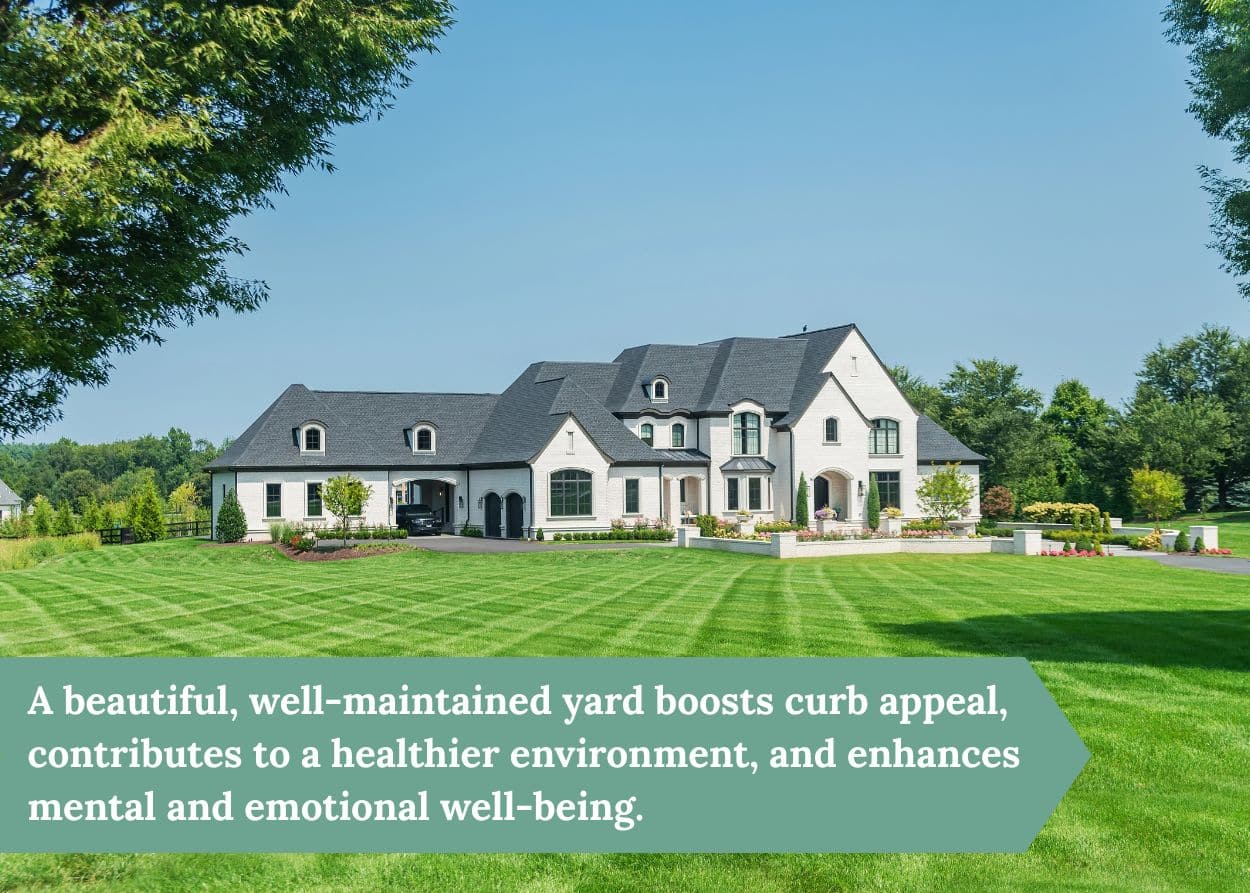
As commercial landscapers, serving Lancaster County and the surrounding areas, we’re in the business of clean, well-maintained landscapes, and we’ve written this guide to help you get your yard looking beautiful for the season.
Ready? Let’s spring into action!
Why Spring Landscape Preparation Is Crucial
Spring signifies nature's grand reawakening. Dormant life bursts forth as trees bud, flowers bloom, and wildlife emerges. Your landscape is no different. Beneath the surface lies the potential for a lush, green haven, waiting for the proper care. Spring landscape preparation is essential to give your plants, trees, and lawn the best possible foundation for growth. Proper preparation translates to vigorous growth, disease prevention, and a significantly more appealing outdoor space.

Clearing Debris, Leaves, and Winter Damage
The first order of business in spring landscaping is a thorough cleanup. No matter how diligent you were with fall maintenance, winter inevitably leaves debris like fallen leaves, branches, and other organic matter in your yard.
Here’s your cleanup checklist:
- Remove Debris: Debris such as leaves, twigs, and other debris accumulated over the winter will need to be cleared to clear the way for sunlight and air to reach your grass and plants, which helps prevent disease. For large piles, wheelbarrows and tarps make life easier with collection and transport.
- Inspect for Damage: Carefully inspect trees, shrubs, and garden beds for any signs of winter damage. Look for broken branches or signs of disease and address them promptly to prevent further issues. Addressing potential problems early is crucial for maintaining the long-term health of your landscape.
- Dispose of Debris: Instead of simply discarding yard waste, consider using it to enrich your garden beds. Layer the debris in the beds before adding soil and compost. As organic matter decomposes, it releases valuable nutrients into the soil. This approach can save you money on landscaping materials.
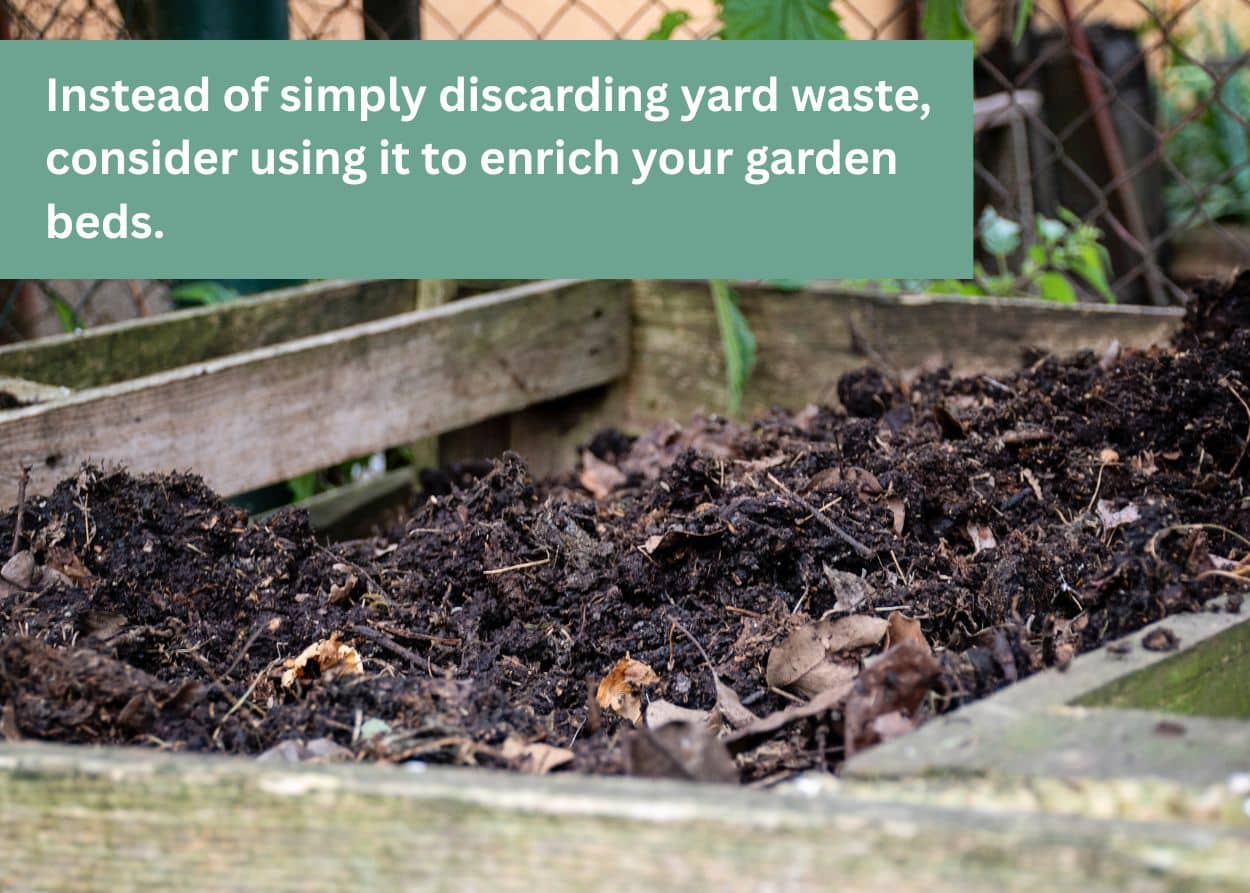
These cleanup steps provide a clean foundation for a healthy, vibrant garden, setting the stage for success throughout the spring and summer.
Pruning Trees, Shrubs, and Perennials
Pruning is essential for promoting healthy growth and maintaining the desired shape of your plants. When you prune a branch, it triggers a chemical response within the plant, stimulating the growth of new foliage and branching. Pruning also enhances air circulation and sunlight penetration, which contribute to the overall health of the plant and help manage its size and structure.
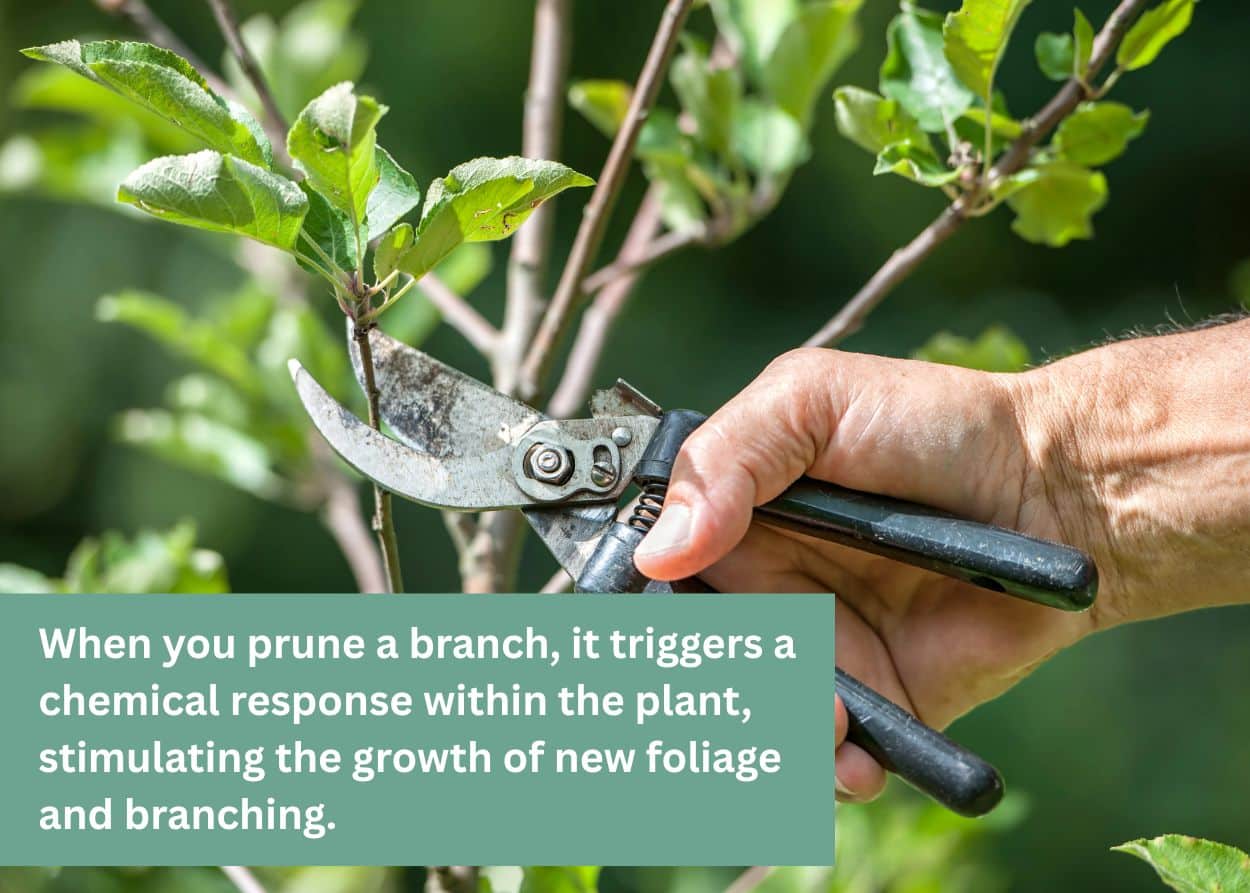
Here are basic pruning guidelines:
- Trees and Shrubs: Begin by removing any dead or damaged branches. This encourages new growth, improves airflow, and increases sunlight exposure. For flowering shrubs, it's vital to prune after they finish blooming to avoid removing developing buds.
- Perennials: Like other plants, cutting back dead foliage on perennials encourages new growth, prevents disease, and promotes abundant flowering.
To prune flowering shrubs effectively, it's crucial to know their bloom time (spring or summer) and prune accordingly. Prune spring-blooming shrubs after they flower, while summer-blooming shrubs should be pruned in late winter or early spring.
Soil and Yard Preparation: Aeration and Fertilization
Healthy soil is the cornerstone of a thriving landscape. Aeration and fertilization are vital components in achieving this.
Follow these steps to prepare your soil:
- Aeration: Aerate your lawn to improve air circulation and nutrient absorption. This process involves creating small holes in the soil, allowing water, nutrients, and air to reach the grass roots. You can aerate your lawn using a manual aerator, roller aerator, or power aerator. Of course, a power aerator is best for large yards to avoid exhaustion and frustration.
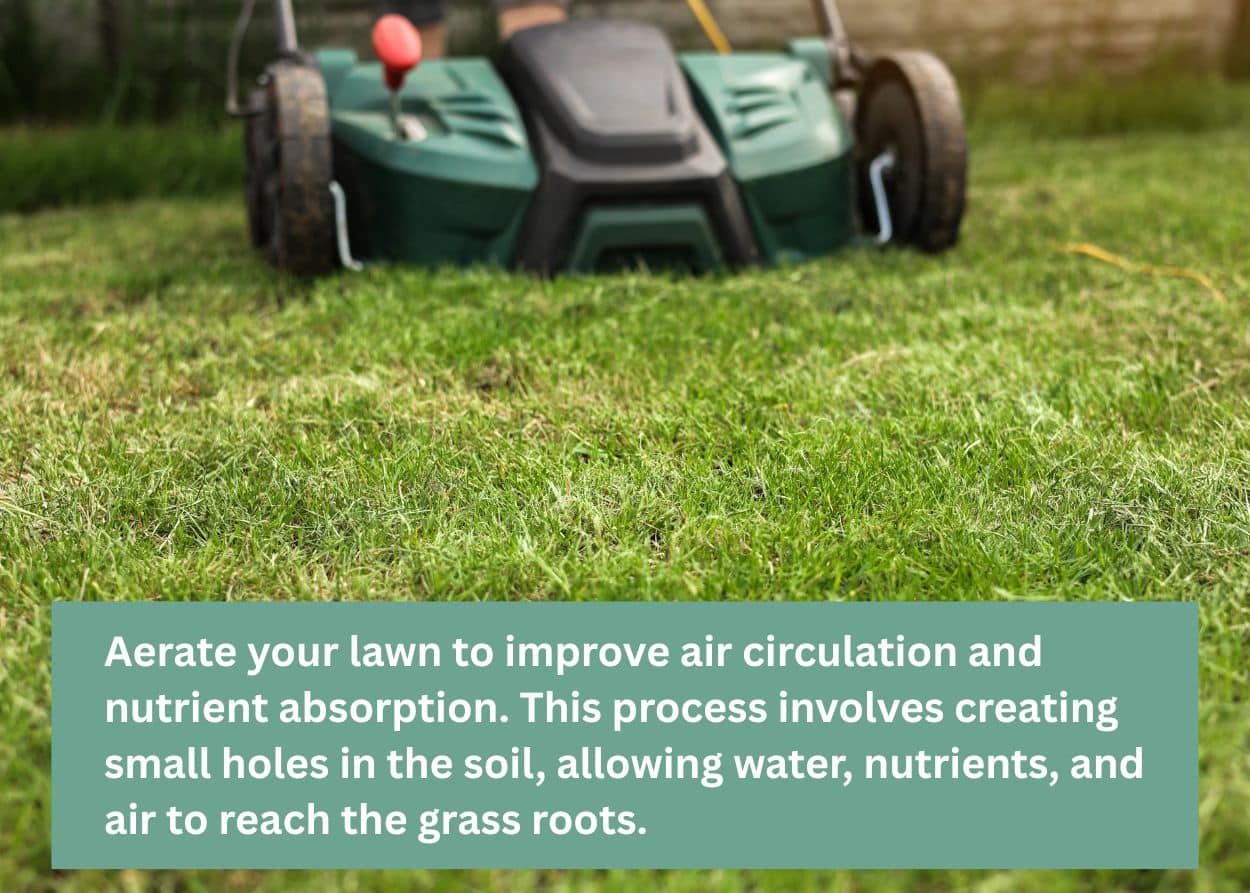
- Fertilization: Apply a balanced fertilizer to provide your lawn and plants with the essential nutrients they need. Fertilization and aeration together create a powerful combination for healthy soil. However, note that a balanced formula may not meet every plant's needs and can be detrimental to soil and plant health if it delivers too much of a nutrient. Knowing the N-P-K fertilizer ratio and how to test your soil is vital in ensuring a healthy yard.
- Weed and Feed Products: To maximize the effectiveness of weed and feed products after aerating, it's generally recommended to aerate before applying them, but not immediately before. This allows the soil to recover and the aeration holes to close partially. Most commercial weed and feed products target common weeds, so the majority of what you find in the store should work, though it wouldn’t hurt to talk it over with the store clerk. One other thing to note is whether you are looking for pre-emergent or post-emergent weed killer—pre-emergent targets weeds that are still seeds and keeps them from sprouting, while post-emergent kills weeds that are already growing.
A lush, green lawn is often the centerpiece of a beautiful landscape, complementing the healthy soil you've prepared.
Here are some time-tested tips for ensuring a thriving lawn:
- Overseeding: Overseed bare patches or thinning areas with grass seed to encourage new growth. Overseeding a lawn is done to thicken the turf, fill in bare or thin areas, and improve the overall appearance and health of the lawn. It also helps to replace old or less desirable grass varieties with newer, more vigorous types, making the lawn more resistant to diseases, pests, and environmental stressors. Select a seed mix that matches your existing type of grass.
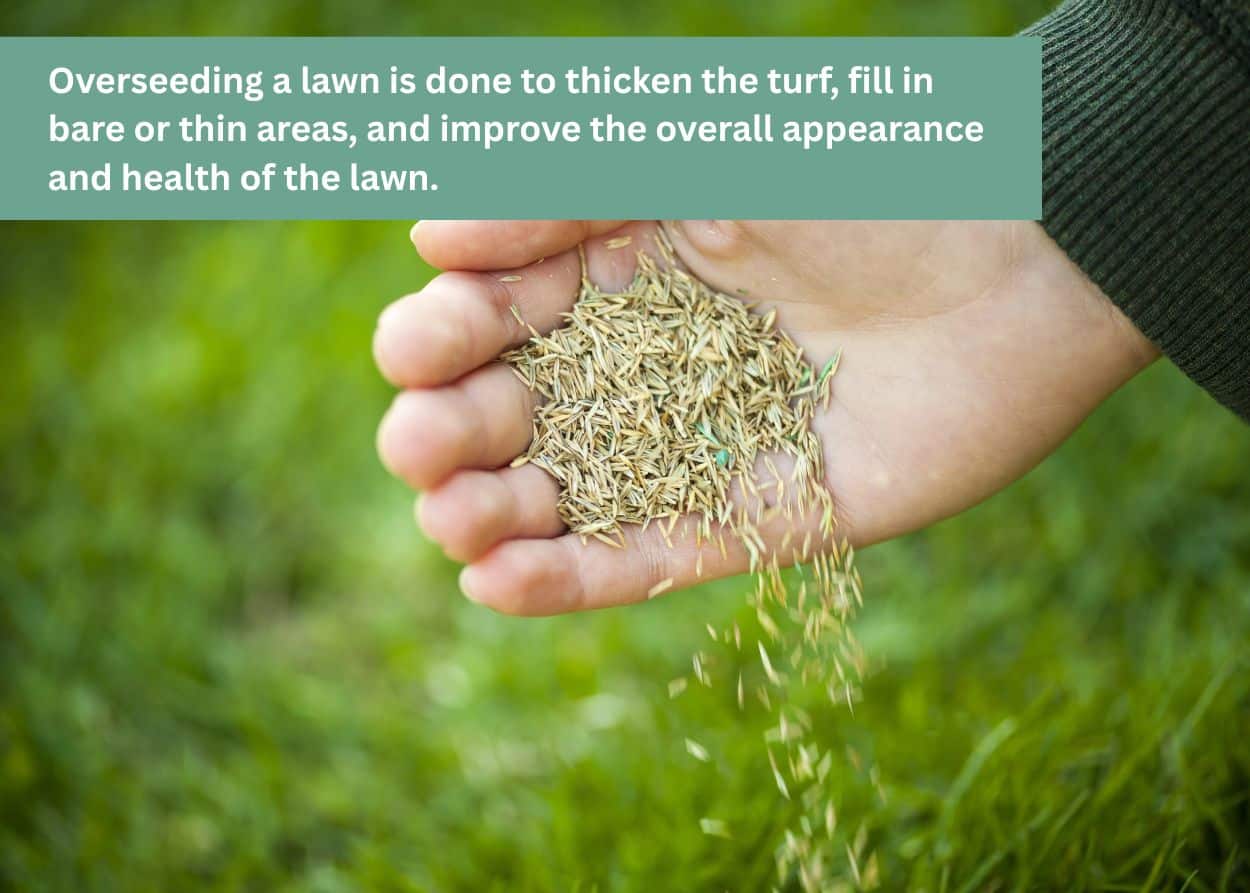
- Watering: Establish a consistent watering schedule that involves watering deeply but infrequently to promote deep root growth. Most established lawns will need about 1 to 1.5 inches of water per week, applied during a single watering or divided into two waterings over a week. Early morning is the optimal time to water, as it minimizes evaporation. Consider irrigating your lawn, especially during the hotter summer, to keep your lawn lush and green.
- Regular Mowing: Maintain a regular mowing schedule as your grass grows. Avoid cutting more than one-third of the grass height at any one time. This "one-third rule" helps prevent stress and promotes healthy growth, but 2.5” to 3.5” length is generally recommended to resist summer heat and foot traffic. Ensure your mower blades are sharp for a clean cut.
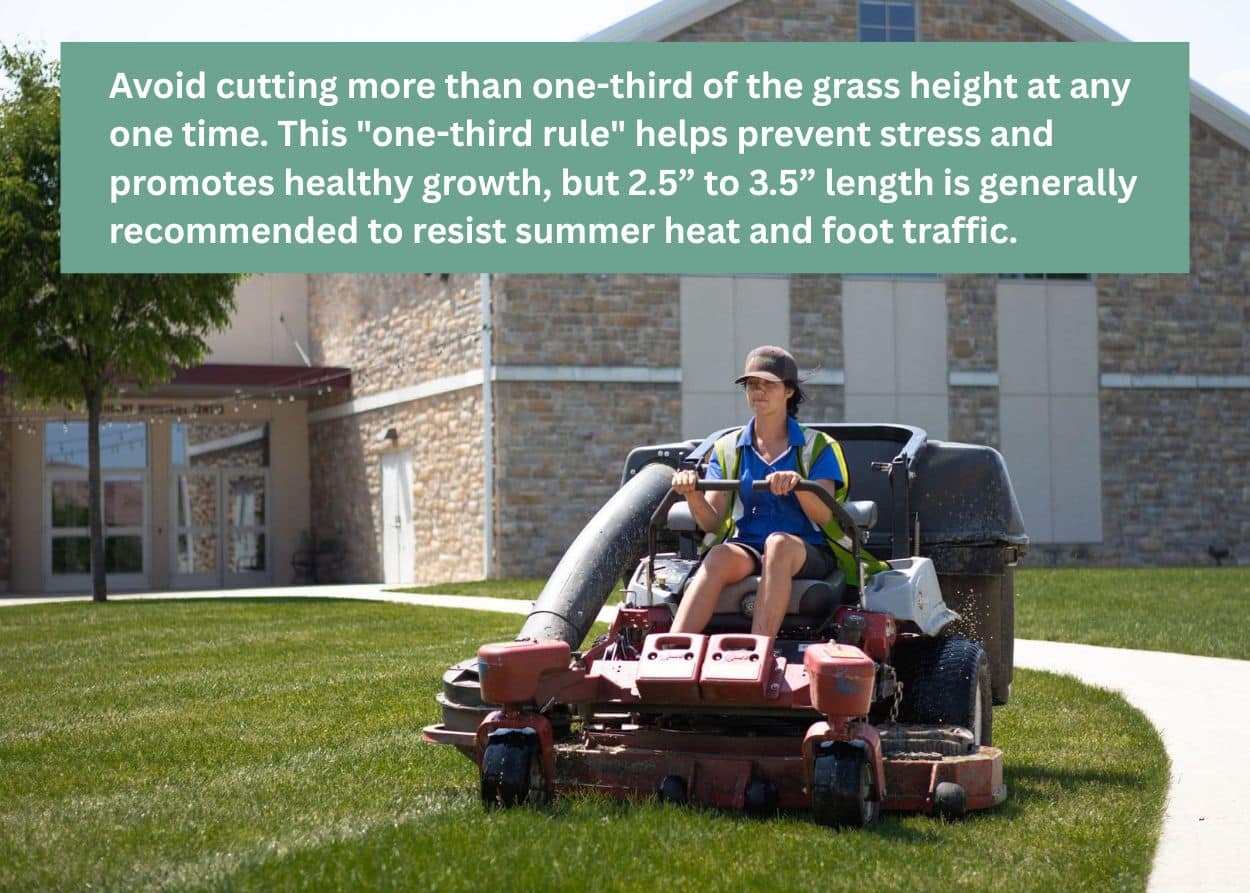
Adhering to these lawn care practices will yield a healthy, vibrant lawn that complements your overall landscape. A well-maintained lawn not only adds to the beauty of your property but also provides a valuable space for outdoor activities and relaxation.
Mulching for Plants and Trees
Mulch is a plant's best friend, playing a crucial role in retaining moisture, suppressing weeds, and regulating soil temperature. It's also easy to apply. Simply spread a layer of mulch around your trees, shrubs, and flower beds. Beyond its health benefits, mulch also enhances the visual appeal of your plants, with a variety of colors available to complement your landscape.
Here’s how to effectively use mulch:
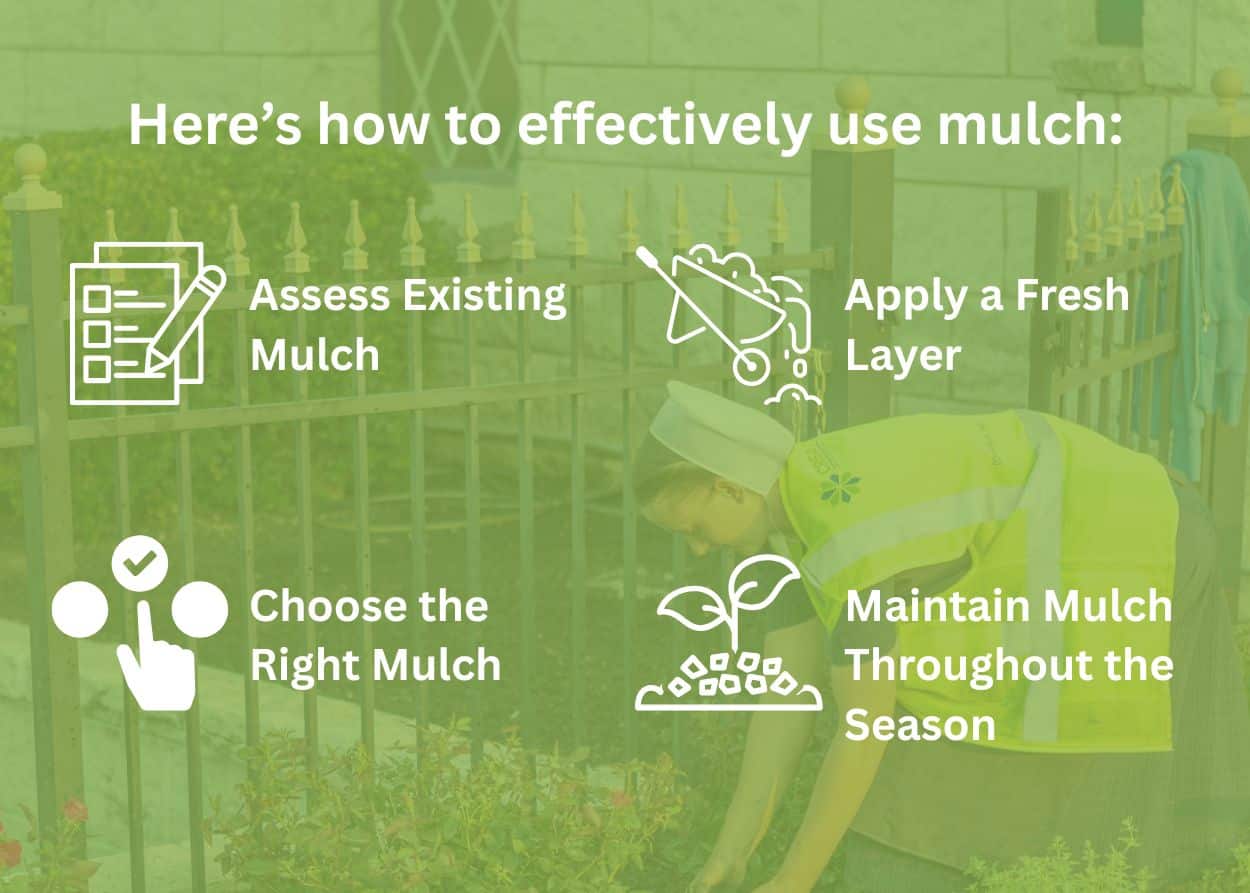
- Assess Existing Mulch: Your mulch layer should be 2-3 inches thick. If it appears thin or significantly decomposed, it's time for a refresh. Visible soil or emerging weeds are clear indicators that you need new mulch. Calculate the amount of mulch you’ll need to buy. It’s always better to have more than less.
- Choose the Right Mulch: Different types of mulch offer distinct benefits. Hardwood mulch decomposes slowly and enriches the soil, while cedar and cypress mulch are known for their insect-repelling properties. Dyed mulches provide vibrant color, enhancing your landscape's aesthetic. Consider your plants, the type of soil, and your personal preferences when selecting mulch.
- Apply a Fresh Layer: Spread a new layer of mulch evenly across your garden beds, being careful not to cover the bases of plants and trees, as this can suffocate the tree’s root mass. Covering the crown of plants restricts airflow and creates a moist environment that encourages fungal growth. When mulching around trees, leave a few inches between the mulch and the trunk.
- Maintain Mulch Throughout the Season: Regularly check your mulch and replenish it as needed to keep it effective. Refreshing mulch maintains the tidiness of your garden. It supports the health of your plants, helps conserve moisture, regulates soil temperature, and suppresses weed growth, which are vital for plant health and vitality.
Hardscapes and Common Areas
Don’t neglect your hardscapes and common areas! While plants may take center stage, commercial landscapes often include hardscape features—walkways, patios, retaining walls, and common areas—that also need spring attention.
- Power wash surfaces: Remove winter grime from sidewalks, entryways, and seating areas.
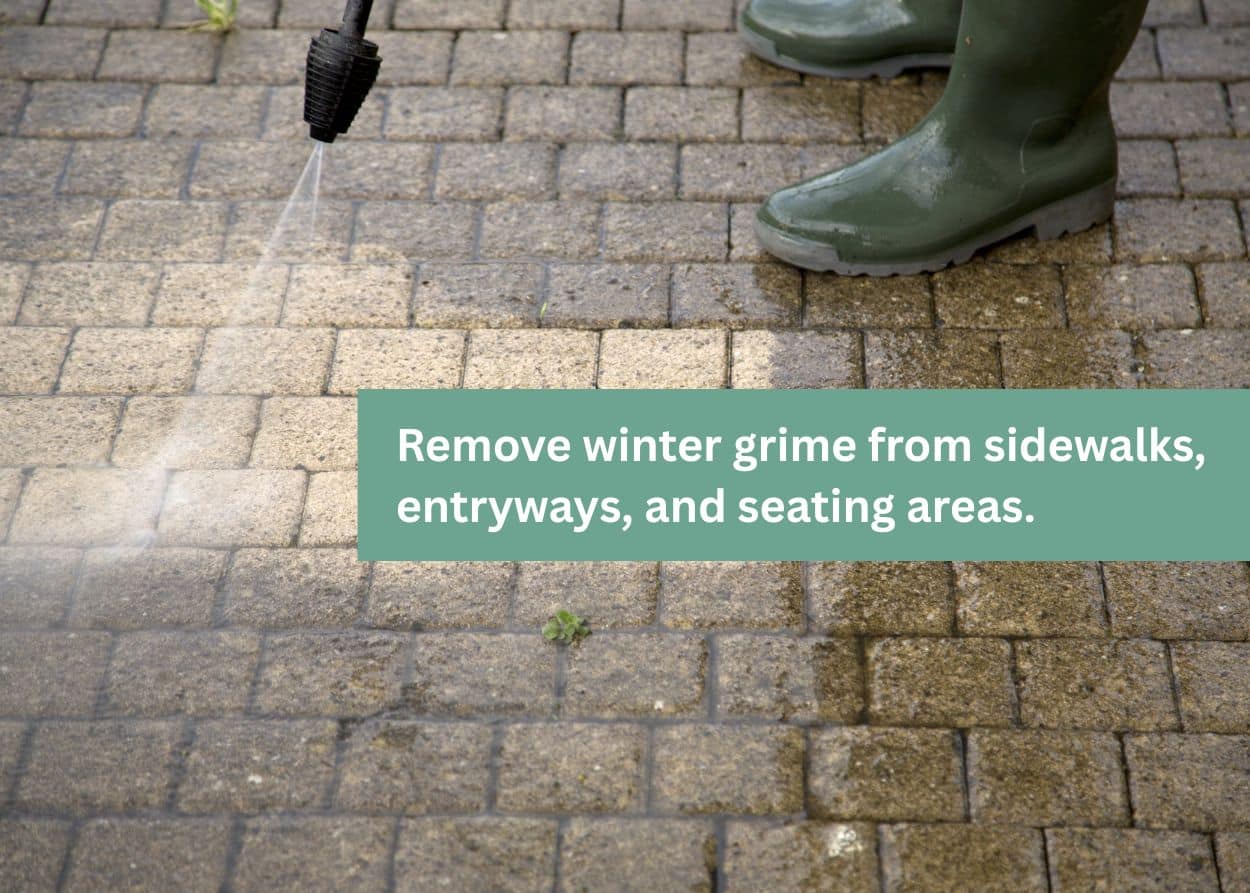
- Repair cracks and trip hazards: Address minor issues now before they become liabilities. Cracks can be patched, but if slabs have sunk, concrete lifting is needed.
- Inspect lighting: Make sure path and signage lighting are clean and functional.
- Clean and organize outdoor amenities: Benches, trash bins, bike racks, and patios should all be refreshed for the season.
Conclusion
Spring is your chance to reset and invest in the value of your commercial property. A well-maintained landscape builds trust, attracts customers and tenants, and makes your site a more enjoyable place to visit or work.
At Creation Landscaping,we specialize in commercial property maintenance, and we know what it takes to keep your grounds looking polished from season to season.
Need help getting started this spring? Let our team handle the prep work—so you can focus on running your business.
Contact us today to schedule your commercial spring landscape cleanup and planning walk-through!






